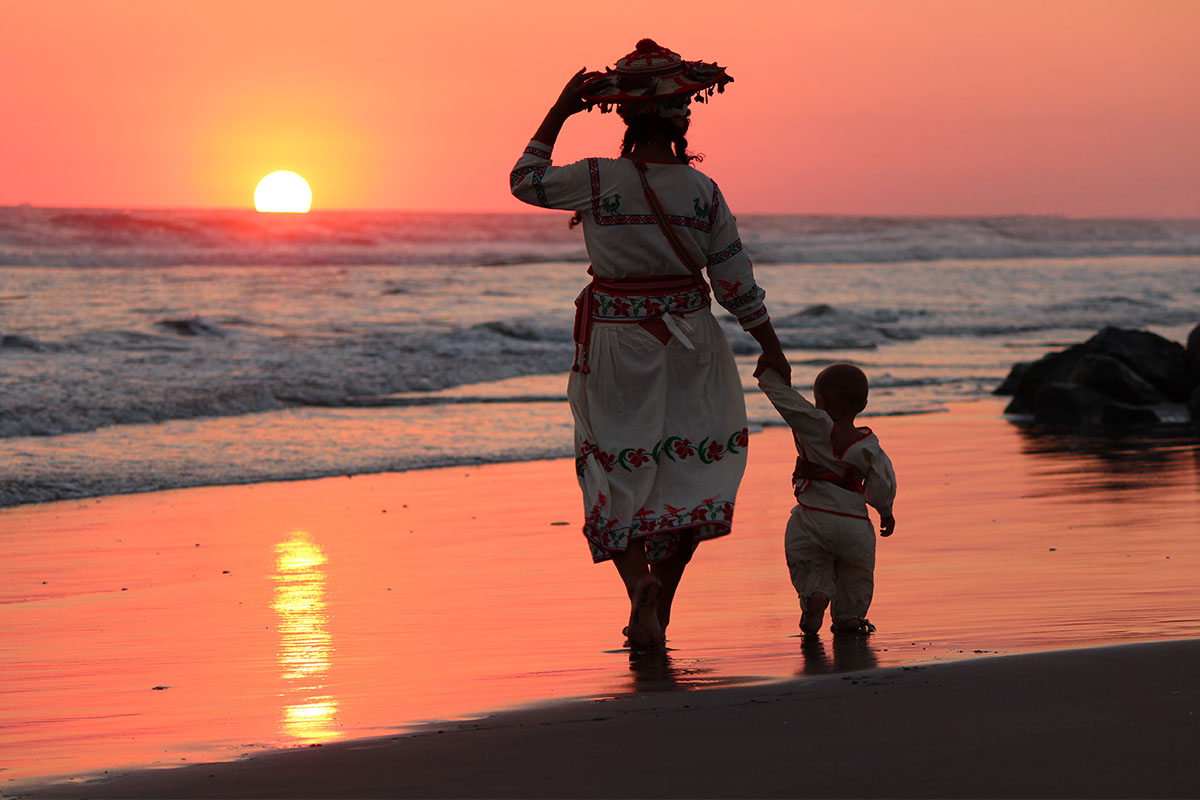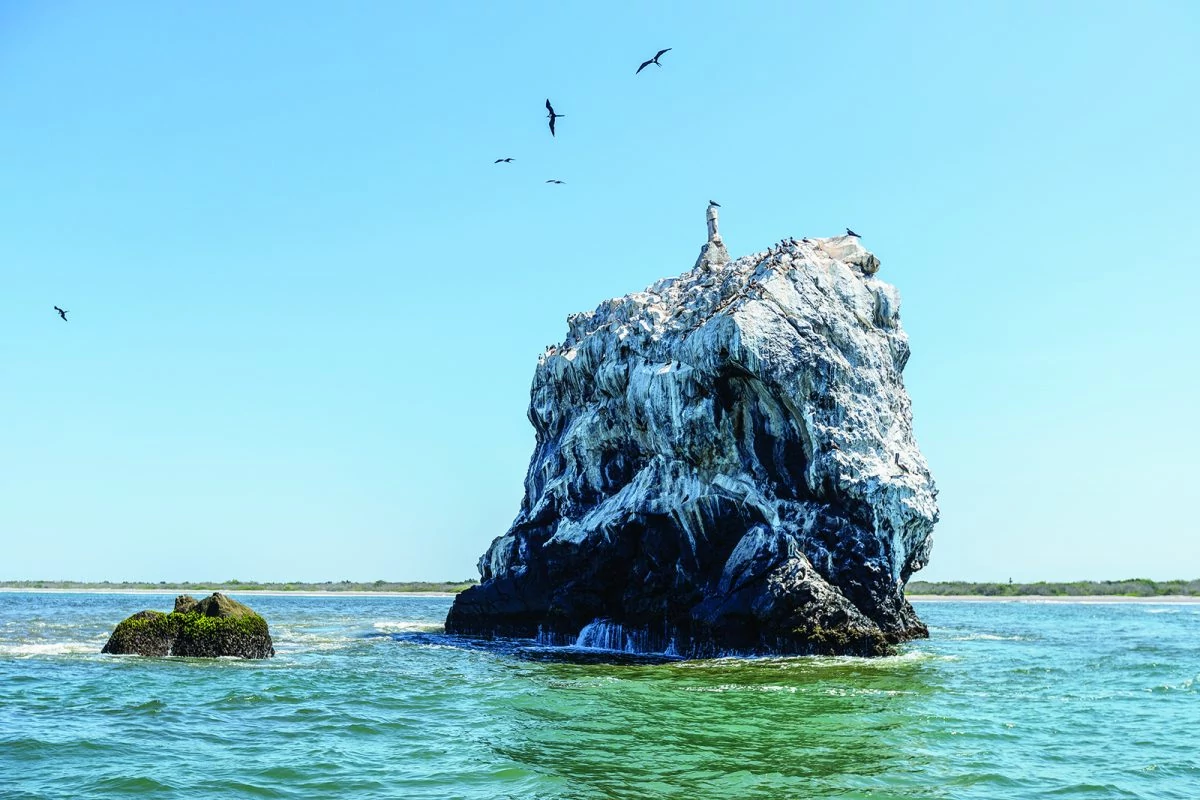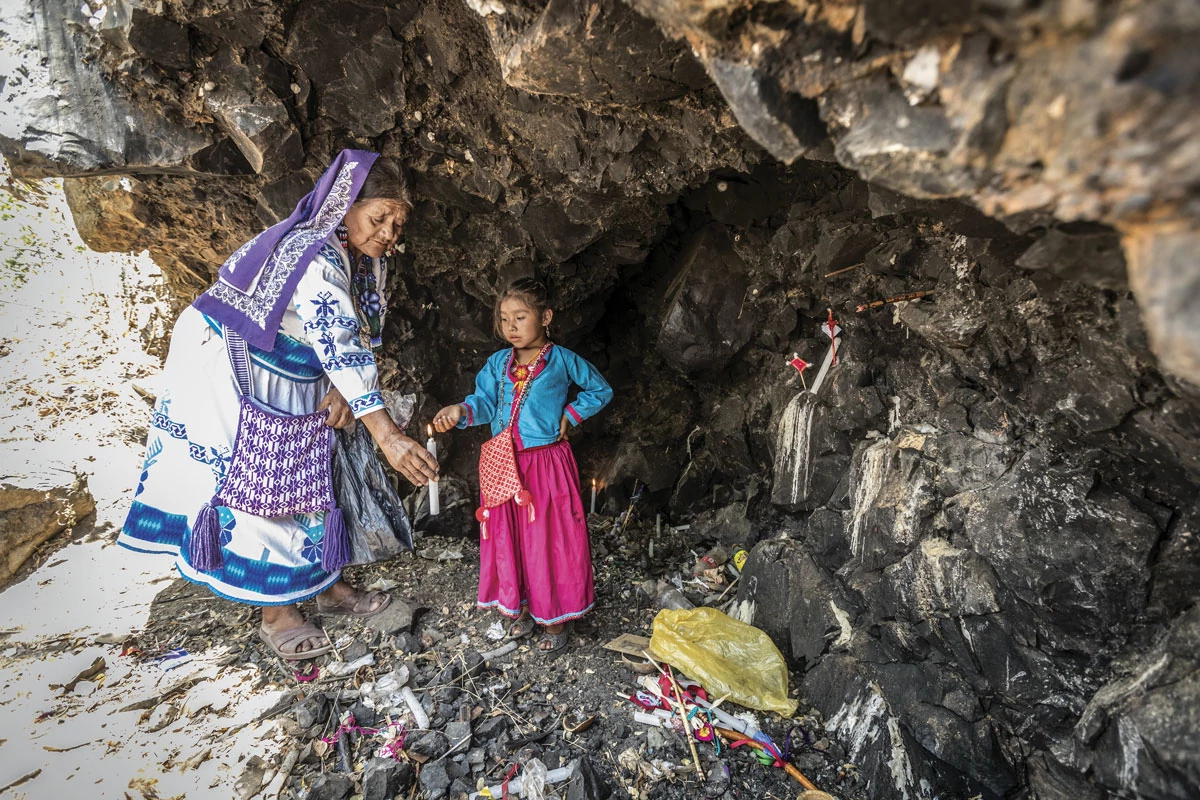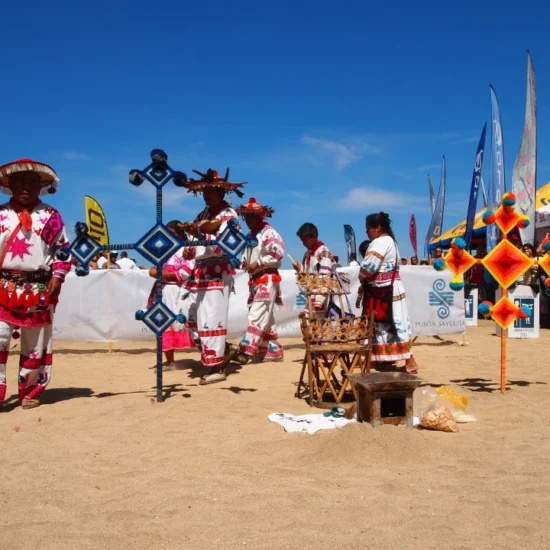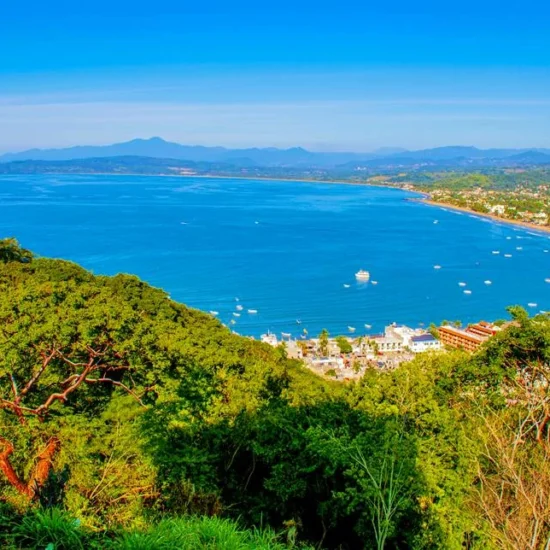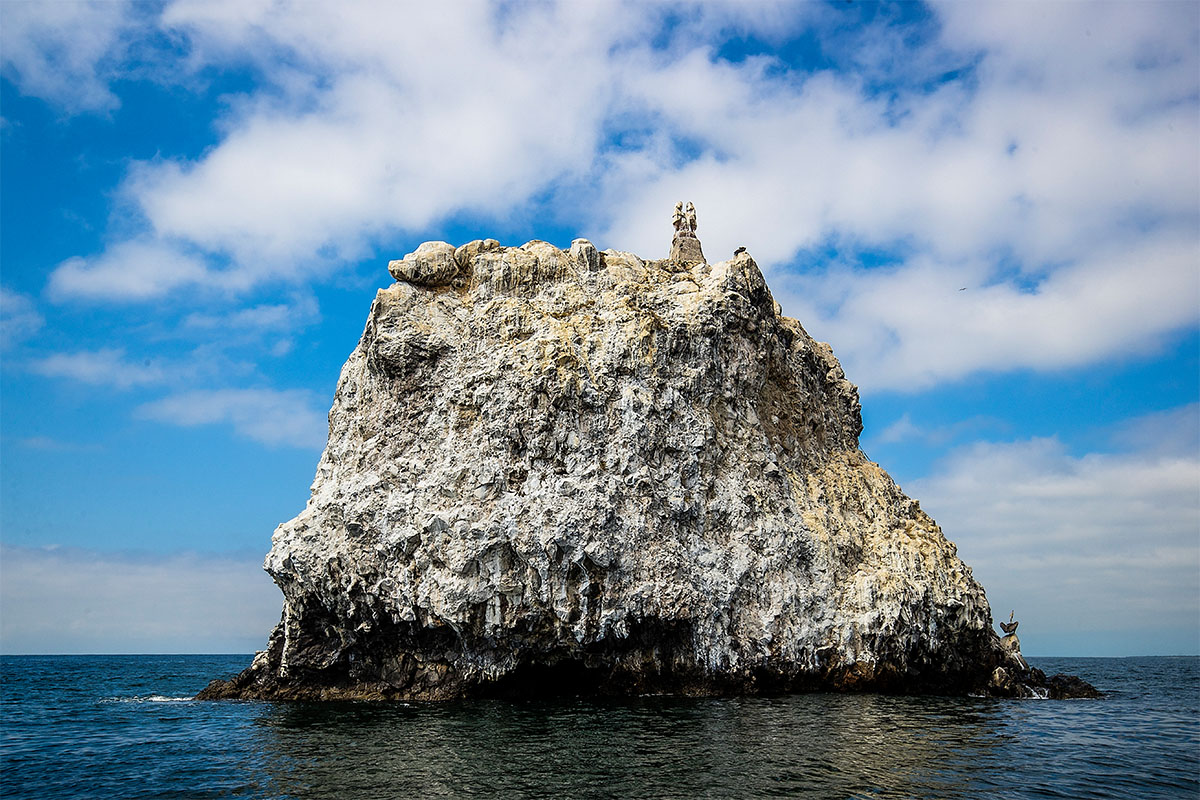
Nayarit is the origin of the world according to the Wixárika worldview
Tatei Haramara is the dwelling place of a deity known as Haramara, the Goddess of the Sea.
Discover Tatei Haramara, a sacred area in the municipality of San Blas, revered as ‘Our Mother, the Sea,’ embodying the very essence of the world’s origin for the Wixárika (Huichol) people. According to ancestral tradition, this stone was the first solid object on the young and forming earth.
The ancient tradition of the Wixárikas tells that Tatei Haramara is much more than just a place in San Blas. It is the dwelling place of a deity known as Haramara, the Goddess of the Sea. For the Wixárikas, Haramara is the very personification of fertility and creation, the Mother of all living beings.
It is said that when the world was young and forming in the vastness of the cosmos, Haramara emerged as the first solid stone on the evolving earth. Her presence gave rise to the waters that flow through rivers and oceans, nurturing life in all its forms.
The Tradition of Tatei Haramara
The Wixárikas honor Haramara with deep respect and devotion. Every year they gather in this sacred territory to perform sacred rituals. Their offerings are cast into the intermediate sea floor, between the so-called ‘Piedra de La Virgen’ (Virgin’s Rock) and the Cerro del Vigía (Watchtower Hill), the latter being a maritime lighthouse in the port of San Blas.
Among the offerings made are the tzicuri or ‘eye of god,’ gourds, and stone-carved or engraved arrows, wax candles, and pieces of chocolate.
In November 2008, Tatei Haramara, along with other Wixarika sacred sites, was protected by governments through the signing of a common agreement called the ‘Hauxa Manaka Pact for the Preservation and Development of Wixarika Culture.’ A total of 6 hectares of this site were protected, committing to ‘prevent the Wixaritari and/or individuals not of their culture from using elements of the same for purposes contrary to the ceremonial and tradition of the Wixárika People.



